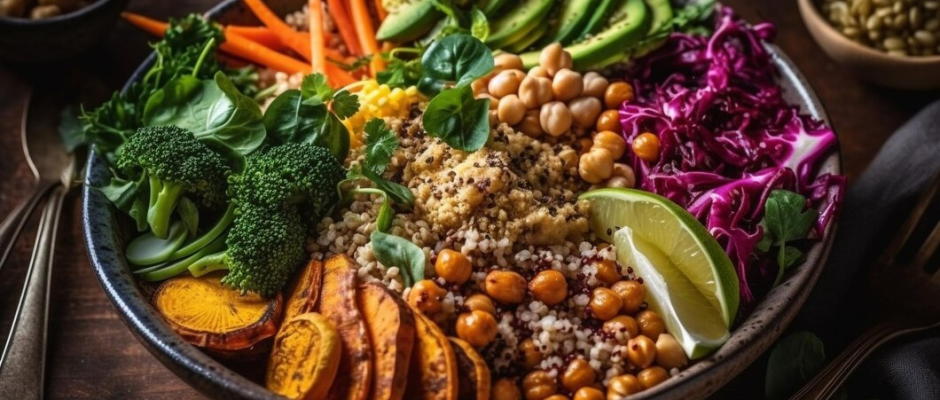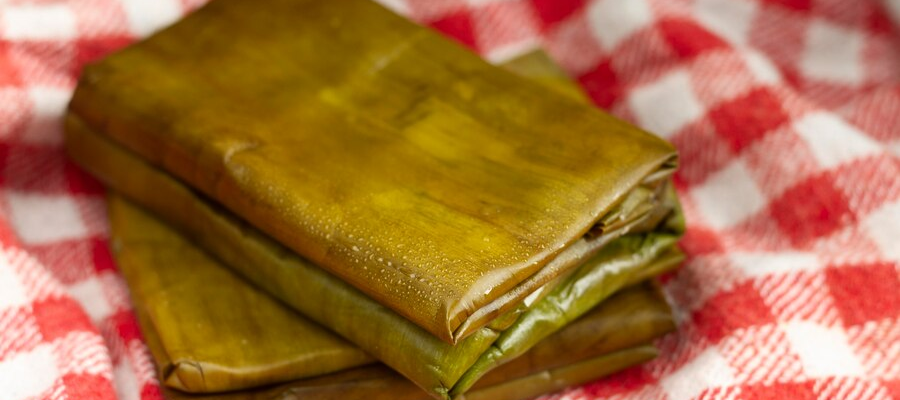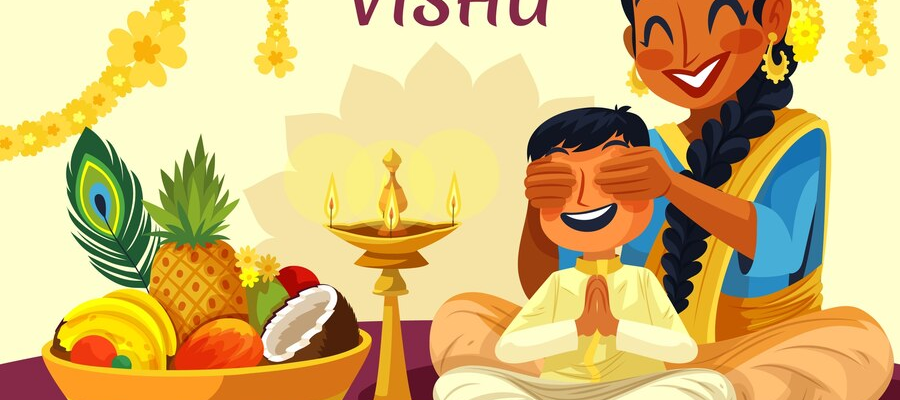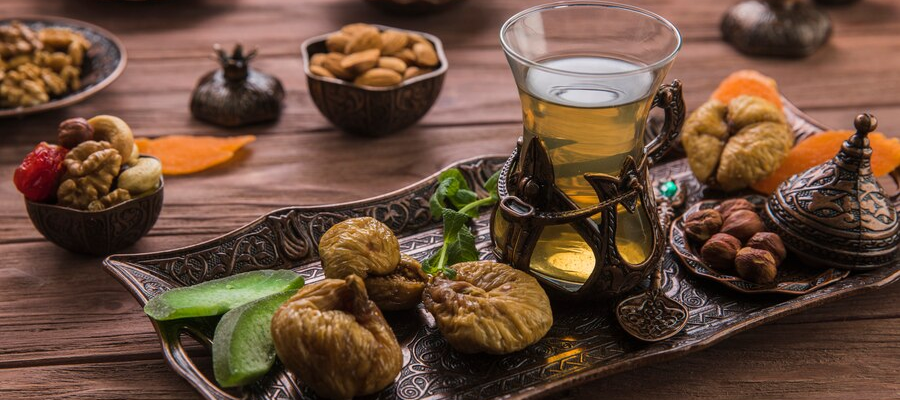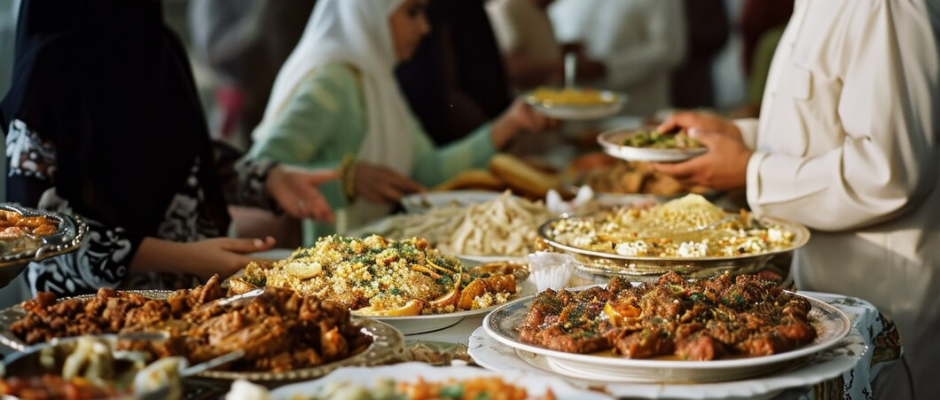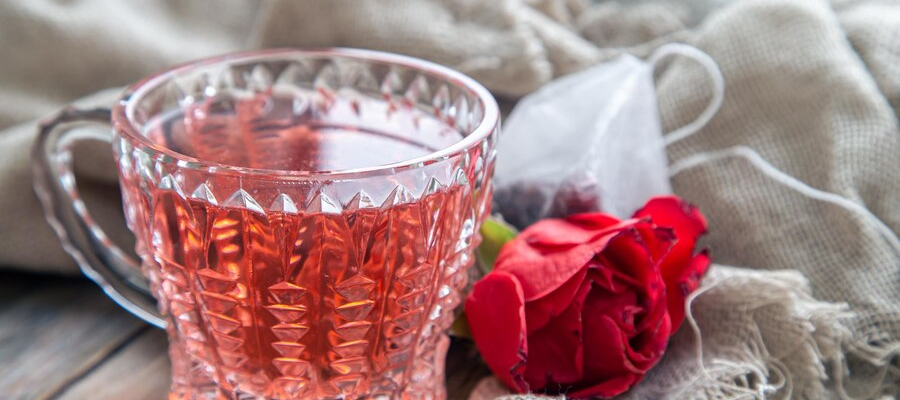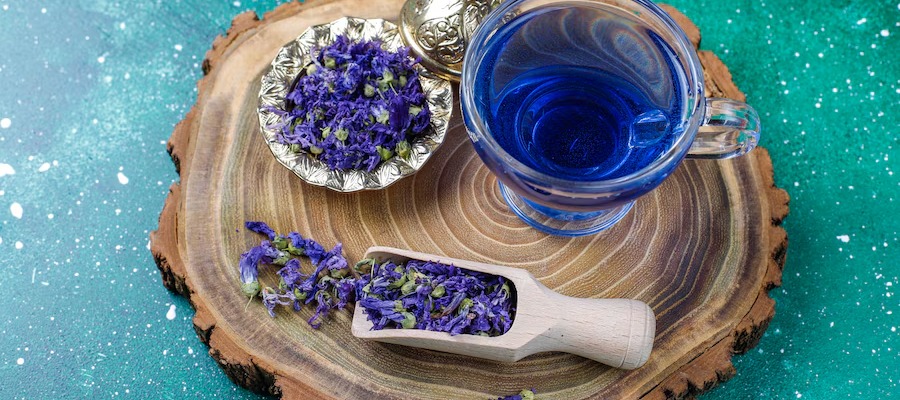The Bumper Bowls – # Part 12, Nourishing Buddha Bowl For A Wholesome Eating Experience
Creating healthy bowls is an art that encompasses taste, nourishment, freshness, and creativity in your diet. With vibrant ingredients, you can make a tasty treat. A combination of wholesome grains, fresh and juicy vegetables, and an appropriate portion of proteins and fats can make the healthiest grain bowl. You can enhance the flavour with delicious sauces and dressings and enjoy the taste in every bite. Buddha Bowl – For A Healthy Healing Experience A Buddha bowl, a vegetarian delight, is a nutritional powerhouse that provides all the healthy ingredients in the right proportions, offering a balanced and satisfying meal. Follow these simple steps to create the healthiest Buddha bowl. It’s easier than you think! Don’t hesitate to get creative with your Buddha bowl! You can go vegan by replacing paneer with tofu and adding nut butter to the mix. The possibilities are endless! You can try out these easy sauces for healthy bowl dressing. Creamy Avocado Dressing Avocados make a perfect blend for salads and bowls, providing a creamy texture. Avocado – 1 Big and ripened Peppercorns – ¼ spoon Chilli- 1 Lime juice – 2 tsp Olive oil Chopped coriander leaves Salt to taste Blend the scooped avocado with all the above ingredients until you get a creamy paste. Chill and use the creamy sauce to top your bowls. Chipotle Sauce Chipotle sauce, or dried jalapeno, is popular in salads and healthy bowl recipes. Ingredients Canned Chipotle peppers Greek yoghurt – ½ cup Garlic pods – 2 or 3 Coriander leaves Cumin powder – ½ tsp Salt to taste Olive oil- 1 tsp Mayonnaise – ¼ cup Gather all ingredients in the blender and blend until you get a smooth, cream-like consistency. Enjoy your bowl with spicy chipotle sauce!
